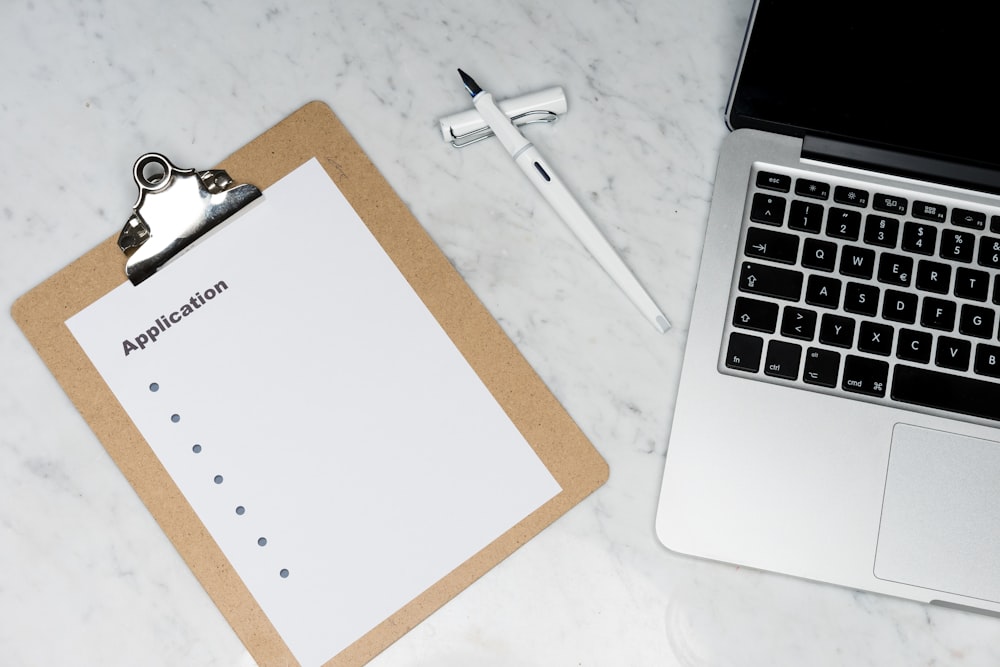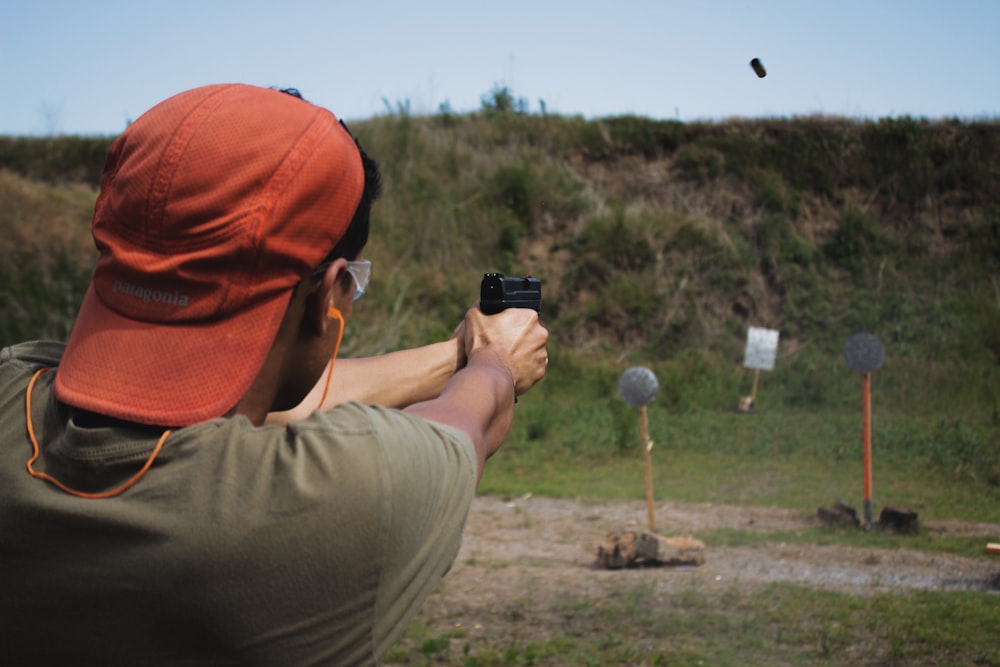Understanding Body Armor Testing: From Lab to Battlefield and Its Real-World Applications
It is an undeniable truth that body armor saves lives. Thanks to body armor, over 3,000 families of law enforcement officers did not have to mourn their loved ones over the past 30 years.
But how do law enforcement agencies, military branches, and even civilians know the vests they purchase will do what they promise? There's no shortage of scammers online selling fraudulent products and false guarantees. What protects ballistic-resistant body armor from falling to the same fate?
Thankfully, the National Institute of Justice (NIJ) developed a compliance testing program for hard and soft armor types. Keep reading to discover exactly what the NIJ standards are for ballistic-resistant body armor and how body armor is tested.
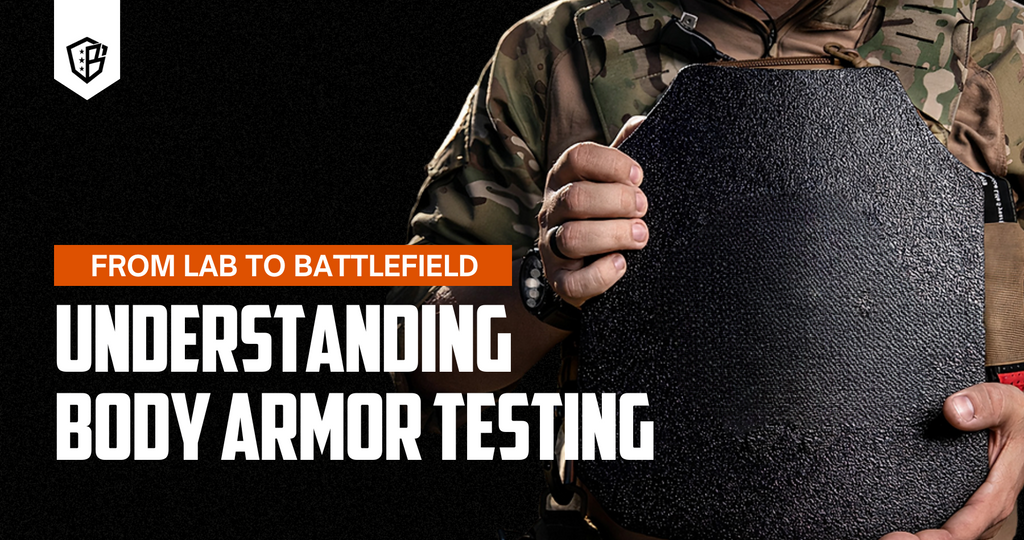
NIJ Compliance Testing Program
In 1972, the National Institute of Justice — together with law enforcement officers (LEOs), scientists, and ballistic testing experts — developed standards for body armor. These standards were designed to meet the specific needs of police officers and military personnel.
NIJ standards are constantly evolving to improve protection. The previous version (NIJ Standard 0101.06) has been revised to include better testing for vests designed for women. The NIJ Standard 0101.07 revised testing now includes curved plates, and more rigorous testing for soft armor panels.

Due to the newest revisions, LE agencies and manufacturers won't see newly certified body armor until late summer 2024. It will take several months for labs to test and the NIJ to certify products under the new guidelines.
Ballistic Resistant Body Armor Test Process
A manufacturer seeking NIJ certification for their body armor must first apply to the National Institute of Justice Compliance Testing Program (NIJ CTP). Upon approval, the manufacturer can then submit product samples to an NIJ-approved laboratory for testing.
If the product successfully passes testing and meets all NIJ standards, the National Institute of Justice (NIJ) will then certify the product.
Once certified, the product is added it to the NIJ-Compliant Product List. Agencies may use this list to determine which manufacturers bear the NIJ certification.
LEOs can use this tool to find manufacturers with NIJ-certified products. It is important to note that the NIJ certifies only Law Enforcement and Military body armor. Be aware that claims of NIJ certification for items like blankets, backpacks, or anything other than body armor are false.
Applying for Testing
Any body armor manufacturer that wishes to test a model must apply through the NIJ Testing Information Management System (TIMS). The NIJ TIMS is accessible to anyone wishing to submit body armor for testing.
Manufacturers seeking NIJ certification for their body armor are responsible for choosing a laboratory from the NIJ's list of approved facilities and coordinating the testing process, including associated costs.
Once a lab is chosen and fees have been negotiated, the manufacturer sends the lab samples of each model for certification.
Testing Process
All labs in the NIJ's approved list follows standardized protocols set by the NIJ. Regardless of the chosen lab, each manufacturer must submit multiple samples of each body armor model for testing.
The samples are tested in a variety of ways including range testing, water submersion, and conditioning.
Water Submersion and Conditioning Tests
WATER SUBMERSION TEST
Water submersion helps determine if the body armor will deteriorate when wet. While most military and LEOs don't spend much time submerged in water, rain can be an issue if water erodes the material.
The water submersion test requires the armor to be hung vertically with the top edge of the armor at least 100mm below the surface of the water for 30 minutes. The water used can be potable tap water or demineralized water, but the temperature is maintained at 70°F. After submersion, the vest must undergo range testing within ten minutes to ensure accurate results.
CONDITIONING TEST
In contrast to testing for water resistance, body armor conditioning simulates exposure to extreme heat. Here, the vest is exposed to high temperatures (149°F) for an extended period (10 days) using a commercial dryer. This process aims to identify any degradation in the armor's protective capabilities caused by intense heat.
Range Tests
To assess the ballistic performance of the body armor, the lab conducts two tests:
- Clay Modeling. The lab mounts the armor on a specific type of clay with a standardized deformation resistance. A 2.5 inch steel sphere is dropped on the armor from a height of 2 feet.
- Live Fire. The lab then tests the armor by firing six shots into the front and six shots to the back.
The armor must effectively stop all the bullets with minimal deformation in the clay behind the armor (no more than 44mm deep).
The lab may use various types of bullets and distances of fire depending on the level of protection the armor is being tested for. The higher the level of protection, the higher caliber of round used. Here is a list of the protection levels under the NIJ 0101.06 standard and the rounds used in testing:
-
Protection Level IIA - 9 mm full metal jacketed round nose (FMJ RN) & .40 S&W FMJ
-
Protection Level II - 9 mm FMJ RN & .357 Magnum Jacketed Soft Point (JSP)
-
Protection Level IIIA - .357 SIG FMJ Flat Nose (FN) & .357 Magnum Semi Jacketed Hollow Point (SJHP)
-
Protection Level III - 7.62 mm FMJ, Steel jacketed bullets
-
Protection Level IV - .30 caliber armor-piercing bullets
Verifying the Test Results
Once the laboratory has finished testing, the armor the results are sent to the NIJ for review and verification. The NIJ starts a thorough review of the report.
One of the most crucial portions of the verification process is the review of the lab's testing methods. Each part of the test is reviewed against NIJ testing standards to ensure the tests are compliant. The results of the tests are then reviewed to ensure they too are compliant with NIJ certification standards.
NIJ Approval
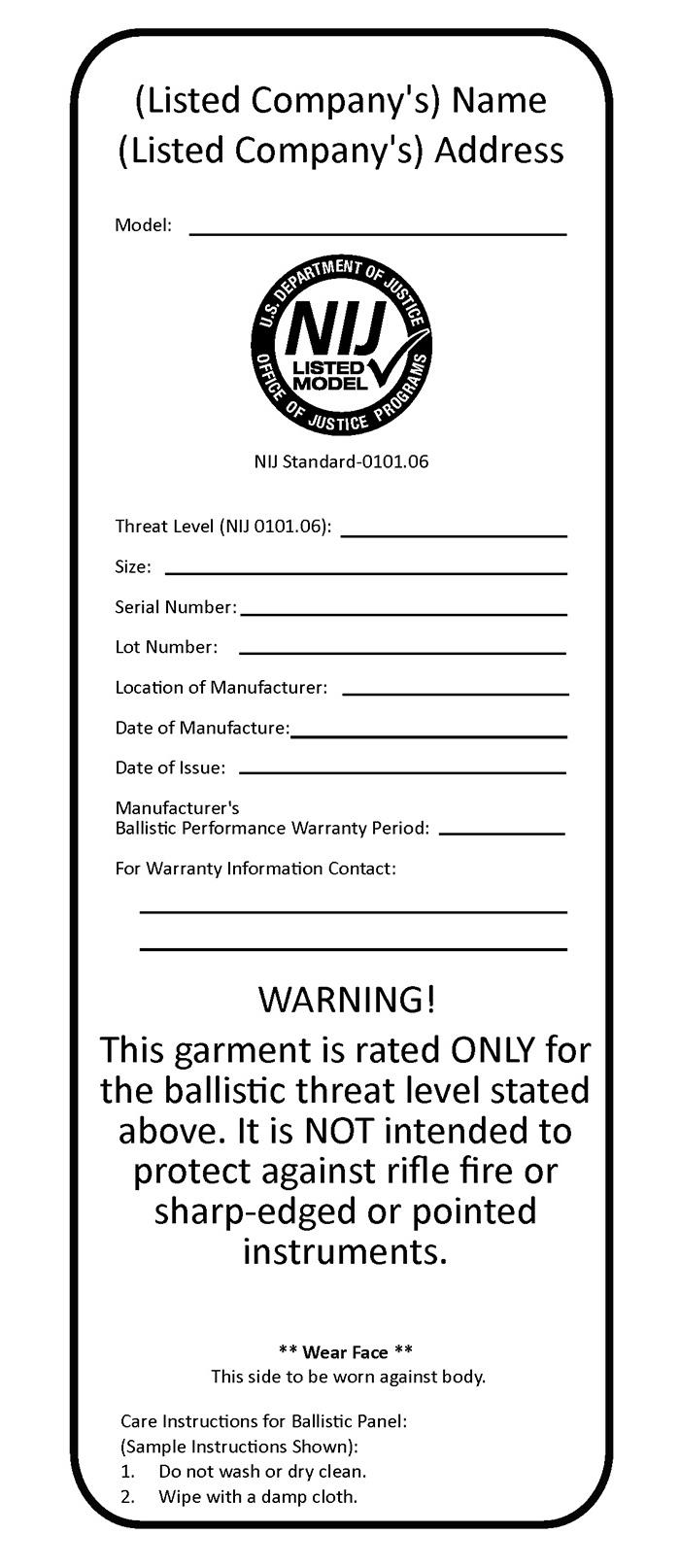
If approval is granted, the armor model submitted for testing is added to the NIJ Compliant Product List. This official list serves as a valuable resource for police departments and military branches. It allows them to identify and choose armor certified for NIJ's ballistic protection standards.
Maintaining Certification
Following approval, each manufacturing location is entered into the NIJ Follow-Up Inspection and Testing (FIT) program. This program ensures that each applicant maintains the standards they were certified to.
Each location is subject to 6 random inspections over five years. These inspections consist of a records review of the manufacturing process and testing new samples. These tests are a shorter version of the initial ones administered.
To maintain certification, there must be no discrepancies between the original and new tests. Nor can the records review show changes in the sample's composition. If discrepancies are present, the NIJ may review the findings to determine further action. The NIJ may issue a warning, recall the model tested, and halt production if necessary.
NIJ Protection Levels
The NIJ Protection Levels provide guidance on which types of armors are meant for which scenarios and types of threats. Each protection level provides a higher level of protection than the one before it.
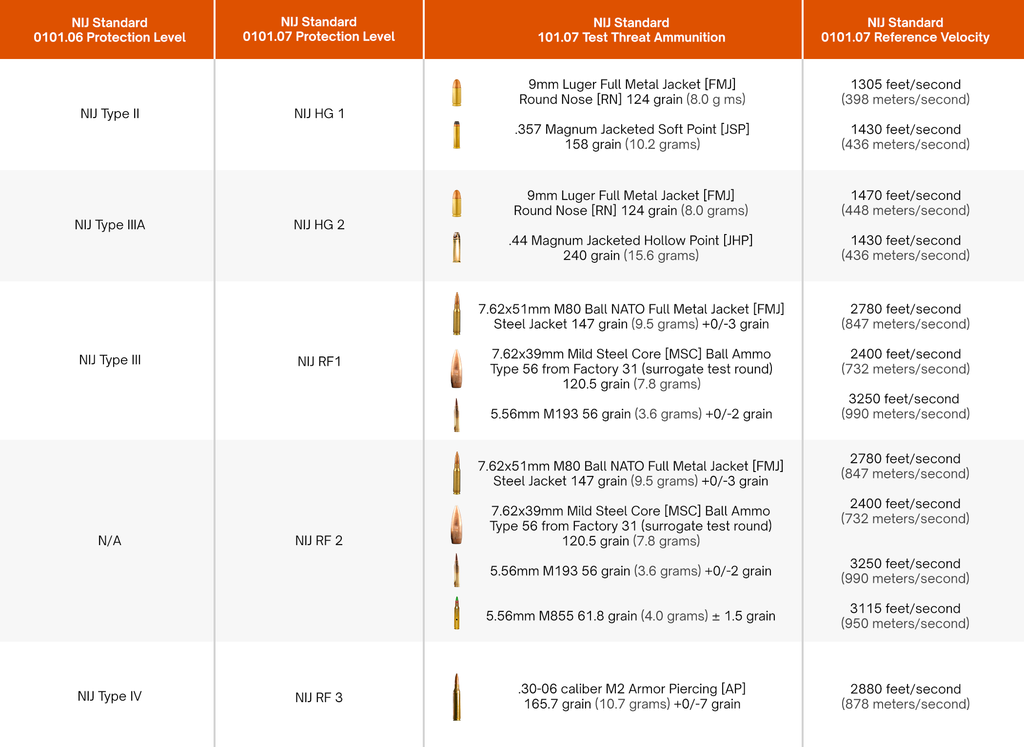
The new NIJ 0101.07 standards have simplified the protection level terminology. One change is moving away from using Roman numerals to identify protection levels.
The new protection level descriptions also offer a better understanding of threats faced today as identified by LEOs.
Lab Tested, NIJ Approved
There is no cutting corners when it comes to protecting the lives of those who serve, and nothing can be taken at face value.That's why the NIJ developed rigorous testing standards for body armor. These standards ensure that LEOs and military personnel can wear their armor with confidence, knowing it has been thoroughly tested and meets strict criteria for ballistic protection.
To ensure ongoing quality and maintain trust, the NIJ conducts random inspections of each approved manufacturer's facilities for a period of five years following initial approval. This commitment to rigorous oversight allows uniformed personnel to wear their NIJ-certified armor with confidence, knowing it meets the highest standards of protection.
Now that you're armed with the knowledge to ensure you're making an informed purchase, head over to our collection of ballistic-resistant body armor and find the perfect armor for your needs today.





